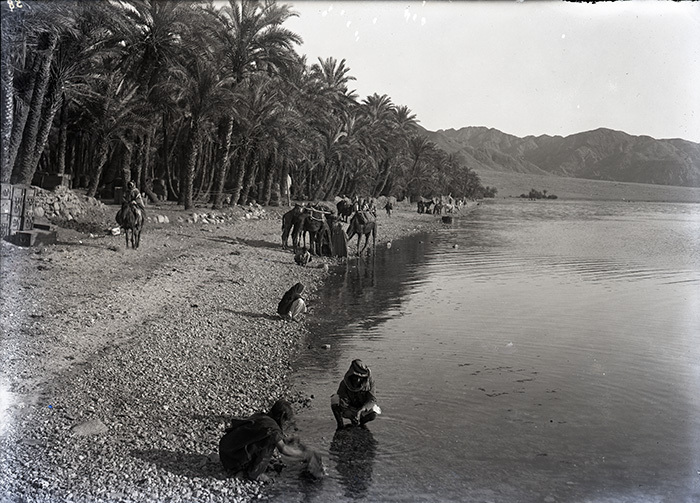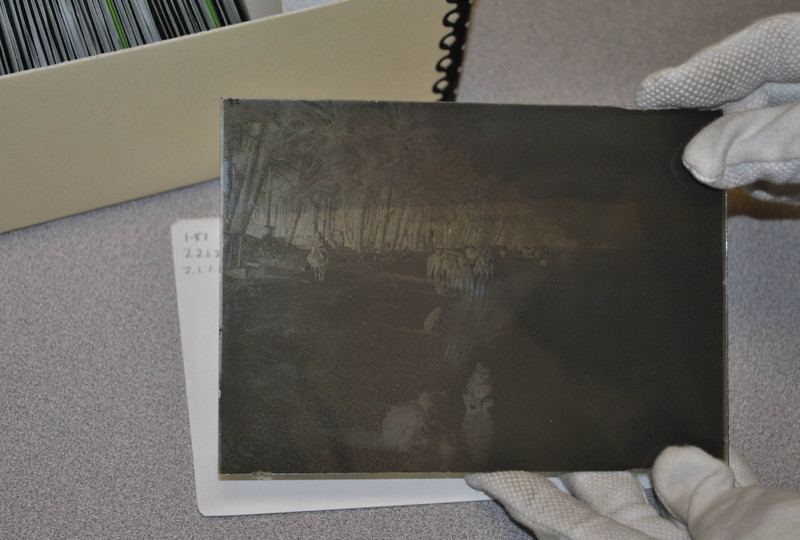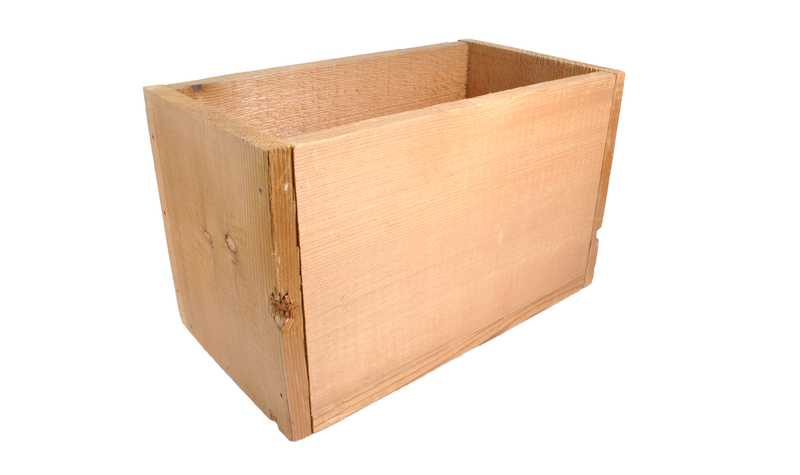
The photographs displayed in this exhibit were reproduced from the original glass plate negatives taken by Harry Chase, Lowell Thomas's photographer. The term glass plate negative most commonly refers to two formats, collodion wet plate negatives and gelatin dry plate negatives. Both formats consist of a light sensitive emulsion fixed to a glass plate base with a binder.
Chase preferred the gelatin dry plate negative, which was widely used from 1880 until the late 1920s when it was surpassed in both ease and popularity by the gelatin silver paper negative and the gelatin silver negative on celluloid roll film. Gelatin dry plates were commercially produced and the emulsion on them is relatively smooth compared to that of wet collodion plates (collodion is a flammable liquid comprised of cellulose nitrate and ether, among other ingredients). In addition, the edges of dry plates are usually straighter and cleaner than those of hand-cut collodion plates.
Over four months of traveling through Egypt, Palestine and Arabia, Harry Chase took close to a thousand pictures. During this time Thomas and Chase traveled with over a ton and a half of photographic glass plates and equipment to make this documentation possible.
The images seen here are enlarged raw scans of the glass plate negatives originally sized 4X5 and 5X7. Their amazing condition is remarkable considering that they are almost 100 years old and traveled through the desert on pack animals. Through digitization on a flat-bed scanner they have been reprinted and displayed in this exhibit.
Marist University | Marist Archives & Special Collections | Contact Us







